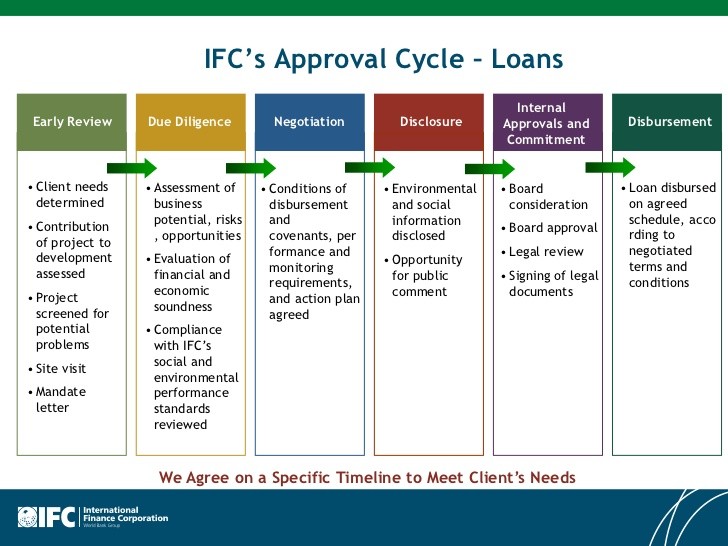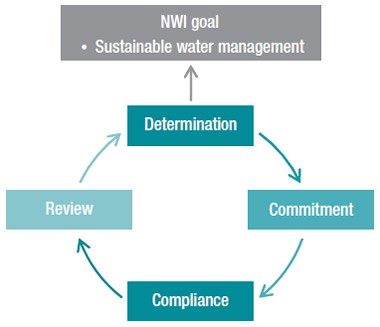Emerging Markets Environmental Commitment
Post on: 16 Март, 2015 No Comment

Most people think of the industrial and developed world as leaders when it comes to green technologies and environmental stewardship. After moving past their high-growth stages, many developed nations have enacted policies over the years designed to help fix and prevent environmental issues and work in harmony with the land. Some examples include organizations such as the United States’ Environmental Protection Agency or Europe’s current system of feed in tariffs (FiT) for solar panels. However, the emerging world is quickly becoming green leaders in its own right.
Nations like China, Brazil and even Poland have begun making their pastures greener, so to speak. While pollution and grime are still prevalent, the developing world has taken to various renewable energy sources in spades, as well as considering environmental practices when doing business or purchasing products.
Green Energy Superstars
By 2030, non-OECD economies will account for 65% of global energy consumption. The BRIC (Brazil, Russia, India and China) and other emerging market countries face the dual challenge of promoting economic growth and mitigating the environmental impact of their growth techniques. As these emerging markets begin to grapple with the realities of needing more electricity -generating capacity, as well as stemming pollution — they have begun to transition themselves into a renewable future to help make up some of the slack.
While emissions regulation in emerging markets remains elusive, the prevalence of wind, solar, geothermal and water power is quickly growing in these nations. In 2010, investment in renewable energy in developing countries exceeded renewable energy investments in the developed world, a trend that has continued into 2013.
All across the emerging world, various nations have unveiled aggressive renewable energy growth targets and many are making moves toward meeting those goals. For example, Brazil recently unveiled its Decennial Plan for Energy Expansion. That plan will phase out construction of fossil fuel plants by 2014 in favor of biomass and wind generation power plants. India has announced plans to create an additional 35 GW of renewable power generation by 2015 through wind, solar and nuclear means. China continues to be the biggest spender on renewable energy. According to new figures compiled by Bloomberg New Energy Finance, China installed 15.9 GW of onshore turbines or more than one-third of all new capacity worldwide.
However, it’s not only the BRICs that lead the way in renewable energy efforts. Israel has established a FiT for wind installations up to 50 MW and has set a renewable energy target of 10% by 2020. Kenya has plans to add 1,700 MW of renewable energy sources by 2013, with its Lake Turkana Wind project predicted to be Africa’s largest. Thailand established a green energy target of 20% by 2020. Jordan has set a target of 10% and Argentina has enacted a series of policies directed toward renewables.

Not Just Solar Panels
Emerging markets are being green not only in regards to how they produce energy, but through other actions as well. According to a recent GfK global green survey, purchases of eco-friendly products have grown significantly in both China and Brazil. Mexico and South Africa also saw significant increases in purchases of eco-friendly products. As these are some of the largest consumer markets on the planet, shifts in consumer tastes and preferences are monumental.
At the same time, energy efficiency measures continue to grow across the emerging world. According to IBM, 2009 saw the developing world adopt green IT solutions quicker than more developed markets, such as the United States and Europe. The tech giant reports that South America, Eastern Europe, parts of Asia and the Middle East are focusing heavily on data centers that save energy and run efficiently. This green IT also spills over into smart grid and building adoption.
The Bottom Line
While the countries in the developed world are often thought of as leaders in environmental protection efforts, the emerging world is quickly becoming the top draw in the sector. New policies that dictate the use of renewable energy, along with the growth in energy efficiency and green consumer spending, are helping these nations bypass some developed markets when it comes to certain green initiatives.














